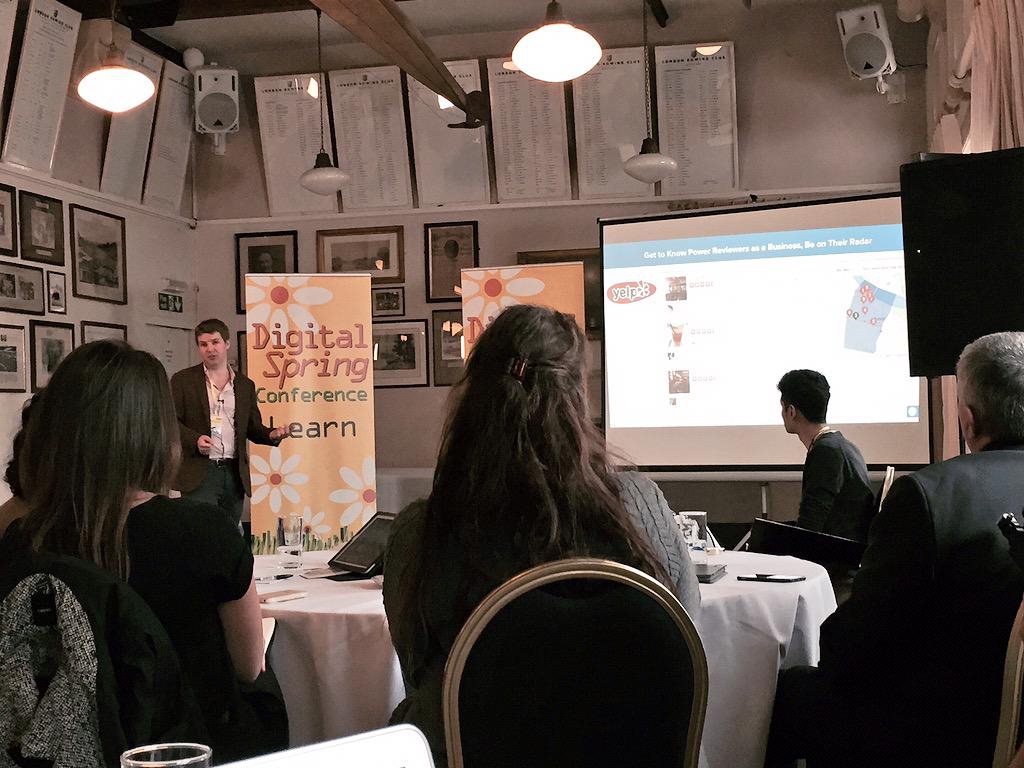What everybody should know about app store optimisation (ASO)
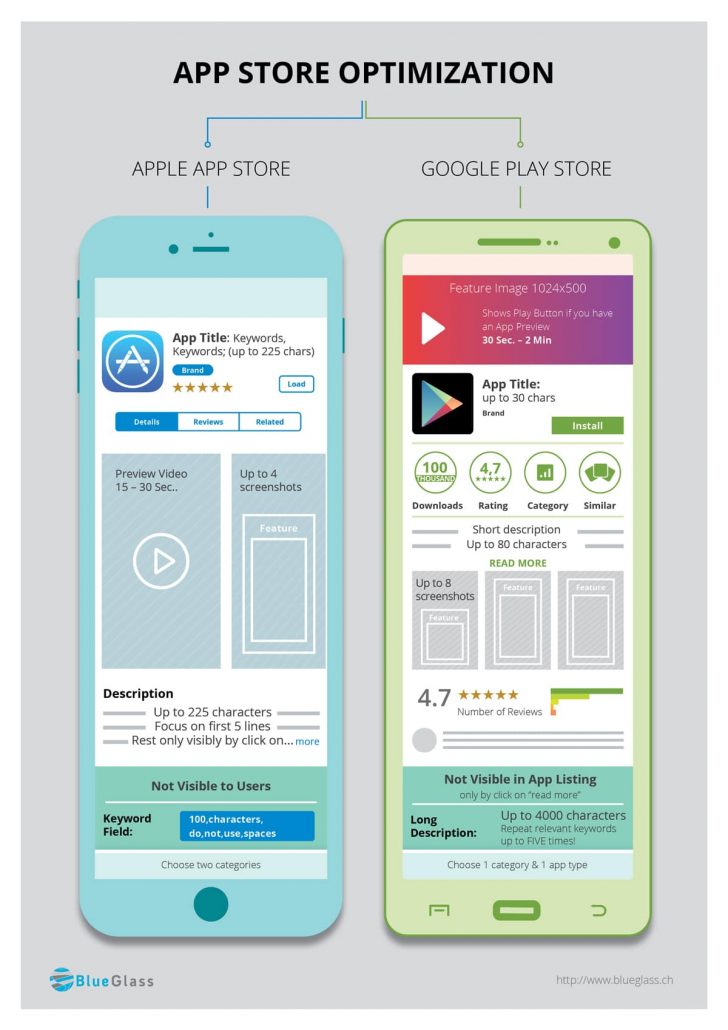
Optimising your app for the app store? Re:signal’ Anna-Lena Müller explains the building blocks of app store optimisation (ASO) components and the differences between the Apple and Google Play Store.
App store optimisation (ASO) is a subset of app marketing which has long been underestimated and disregarded. Quite rightly, today it’s growing in popularity because it’s all about improving product visibility within app stores and stimulating users to actually download an app.
Two stats about apps that make ASO important:
- there are more than two million mobile apps in the large app stores
- about 63% of apps are discovered and downloaded while browsing through the app stores
So –
» Read more about: What everybody should know about app store optimisation (ASO) »
How to find email addresses for your next outreach campaign

These blogger outreach approaches and handy tools will help you:
- save time at work
- establish valuable industry connections
- get your placements on high-profile websites
I landed my job at Re:signal thanks to outreach. I was an outreacher and I didn’t even know it. I always wanted to work for the company, but back then they weren’t advertising any open positions. But I really wanted to work for them. Really really.
A quick swizz of the Re:signal site and I found a fairly generic ‘hello@’ email address and an online form. A quick scan of the About Us page gave me some LinkedIn details for my very lovely colleagues, but I kind of knew that wouldn’t be enough. So I used outreach tactics to get my foot in the door.
I won’t tell you which tool I used (hint though: I’ve listed it below), but with a bit of imaginative thinking and a really useful piece of kit, I got myself a direct line to the people at the top. The rest is history, says modest me. And it took me about the same time it’s just taken me to make a cup of tea as I sit and write this blog.
Nowadays I use similar outreach tactics every day –
» Read more about: How to find email addresses for your next outreach campaign »
25 things you need to know about local SEO
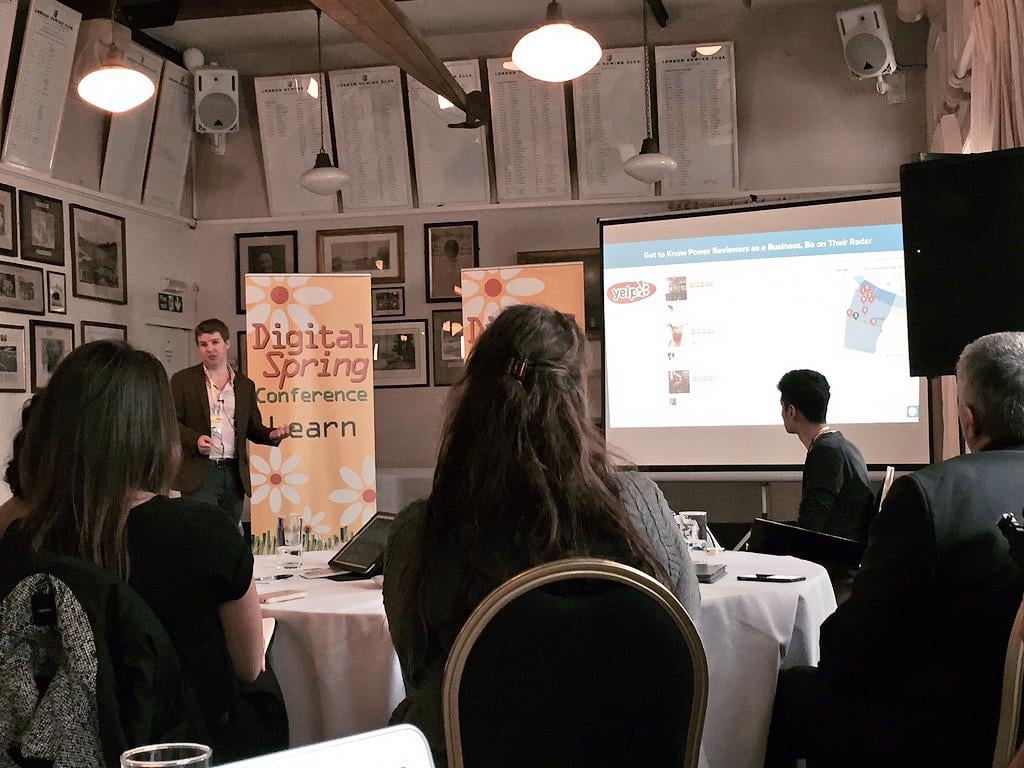
I find the challenge with local search marketing is that you need to put yourself into the shoes of the local business in order to really focus on what is best for their business.
You have to consider any issues and constraints of a small business, the importance of measuring around real world goals and making suggestions as actionable as possible so that changes can make an impact in the short-to-medium term, not just long-term.
Here’s what I would do if I ran a local company in Putney!
A few weeks ago, I was lucky enough to speak at a local digital marketing event in Putney (#DigitalSpring) –
» Read more about: 25 things you need to know about local SEO »
Alps, algos & après-ski: 4 days in the life of a Re:signaler
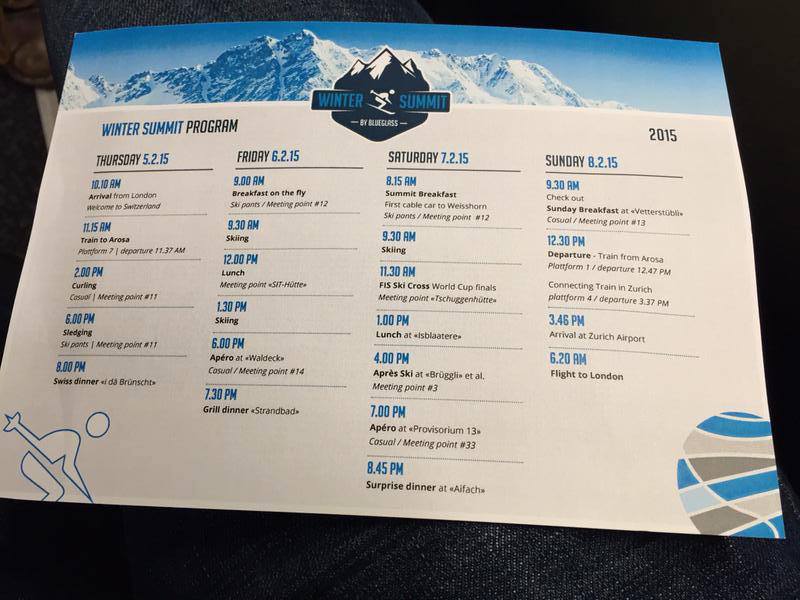
Last week, Re:signal and BlueGlass Zurich spent an exciting weekend together in Switzerland for the BlueGlass Winter Summit 2015.
We had a brilliant time walking around Zurich, eating delicious food, enjoying the local wine/beer, spending time together and trying to not cause any avalanches on the slopes!
(A beautiful view of Zurich by night)
We wanted to share with you a brief chronicle of what you’ve been missing to show you how much fun we had.
So here you are: BLUEGLASS WINTER SUMMIT 2015 – THE CHRONICLE. ENJOY!
» Read more about: Alps, algos & après-ski: 4 days in the life of a Re:signaler »
5 steps to configure Google Analytics to measure the value of content
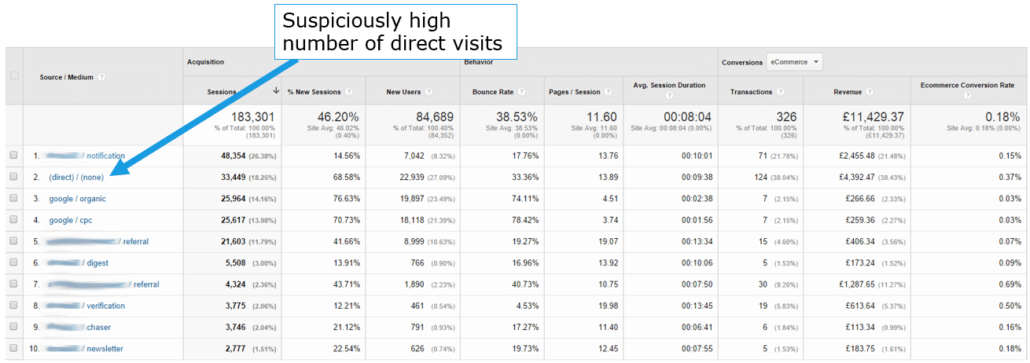
This post was written for the BrightonSEO magazine to support the presentation I did on The Secrets of Newsworthy Content.
PR has always been a tricky one to attribute direct value to. Aside from the increase in rank that PR lead companies tend to be awarded, understanding what measurable impacts putting your brand in front of users in their day-to-day lives has, takes some work and an analytical mind. But a large part of the reason this can be quite a daunting task is that the Google Analytics is not configured properly to analyse how your users are behaving.
So in this post, I want to look at a few simple things that you can do in Google Analytics to help you to show direct value to your PR and content activity. This will become vital when measuring the business value of content campaigns, which extends beyond likes &
» Read more about: 5 steps to configure Google Analytics to measure the value of content »
How to create newsworthy content to secure publisher coverage
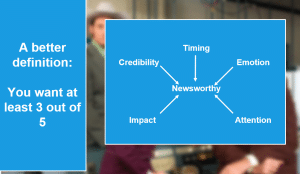
The concept of newsworthy content is one that every brand should be chasing. The phrase “great content” is a widely used one but by its nature it’s extremely difficult to actually qualify as it’s rather subjective and extremely broad! In a lot of cases I much prefer to use the term newsworthy as it identifies with the ideas behind the content rather than the production value and delivery. There’s no reason why any brand can’t create newsworthy content on a relatively low budget, something that can be shown in the examples given throughout the presentation.
The components of newsworthy content
In order to be able to classify content as newsworthy we can distil the concept into 5 separate areas –
» Read more about: How to create newsworthy content to secure publisher coverage »
9 ways to create engaging content in challenging industries

Here are nine takeaways from creating content for what are typically considered challenging or boring industries…
9 Ways to Create Engaging Content #ContentMarketingShow from Chelsea Blacker
1. Find a PG angle for your content
Within the gambling industry, it’s difficult to find a positive angle publishers are happy to promote. So, Re:signal focused in on the angle of poker being a sport. Like any sport, there are talents which players must develop in order to improve their game. For Poker these include maths skills, logic, risk assessment and more. Re:signal decided the concept of bluffing was an area the general public would be interested in learning more about, as lying is a skill everyone would like to be better at detecting in others or maybe even improving their own ability to lie.
2. Get professional researchers involved
We partnered with academic researchers to develop cutting edge research in the area of bluffing, this gave the project legitimacy and the ability to stand up to journalist demand for research integrity. The research finds were originally published on the gambling brand’s website so they were able to act as the original source. Later down the line, this article presenting the findings would be used as the research resource for the infographic to link to.
3. Publishers are partners, involving them means they buy into your content
When it comes to agreeing to publish an infographic with a publisher, it’s important to get publishers involved. But first –
» Read more about: 9 ways to create engaging content in challenging industries »
Who’s creating the best travel content marketing?
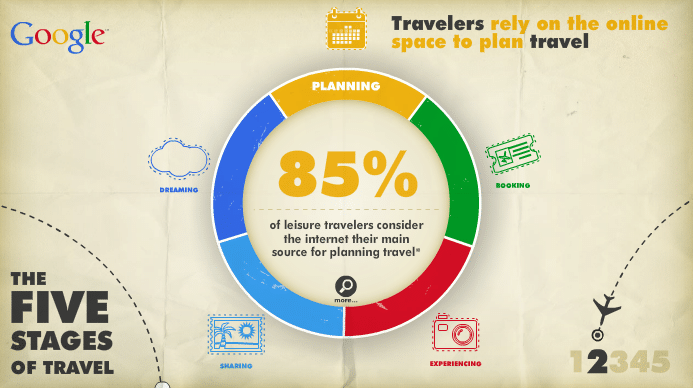
What are the best examples you’ve seen for content marketing in travel?
British Airways have been producing some incredible campaigns recently. I often think the term “content marketing” is thought of as an online campaign, but I wouldn’t restrict it just to that.
The #Lookup campaign BA have produced is very effective, firstly because it’s a very clever idea and it gets people talking – and, secondly, because it does a great job of integrating offline advertising with online marketing, encouraging people to share via the #Lookup hashtag to generate additional promotion via social media too:
They really understand their audience and make high-quality consumer-led content, which is why it works so well. A common mistake is that content is made by marketers to marketers –
» Read more about: Who’s creating the best travel content marketing? »
7 unexpected places to find content ideas in your business

Ideation is an extremely important aspect of content creation and shouldn’t be overlooked. Content ideas can come from a multitude of sources, your analytics software, Adwords data, keyword research, current affairs etc. But the ideation phase shouldn’t be just restricted to your digital marketing, social or SEO team, you should be gathering ideas throughout your business and placing an emphasis on creating a content culture.
Sure, your digital marketing team may be doing a great job, but it could be that they are only creating content that they deem important, working in silos within your business. Whereas, getting other people involved can create a whole host of new ideas that may have otherwise been missed, creating content that can overlap into email marketing, PR and offline. This is not saying that your content is bad, it could be really good, but why settle for good when you could have great or amazing!?
» Read more about: 7 unexpected places to find content ideas in your business »
10 in-house tips for getting content marketing & SEO buy-in

Internally, November is the time of year when everyone is looking forward to their new year budgets. No matter what your organisation’s gatekeeper looks like (CMO, line manager, Managing Director), you need to inspire sign off. And with the UK economy beginning to look up, there’s no better time than now to push for additional budget as you plan for the New Year.
- Propose new budget spend as a test. Even if you know a new approach will work, starting the initiative small means you appear experimental, curious, and innovative, while being cautious with your organisation’s investment. You can agree on KPIs, and ensure additional investment and sign off if your test meets expectations. This approach ensures your budget gate-keeper is comfortably in control.
- Take advantage of procurement. Your procurement team LOVES measuring ROI, assessing your agency relationships, helping you decide where to spend next year’s budget and how to plan it. Let them be of service!
» Read more about: 10 in-house tips for getting content marketing & SEO buy-in »

